Great artists who were only appreciated after they died
Art has a peculiar way of rewarding its creators, often long after their time. Many artists have wandered through life unrecognized, only to achieve posthumous fame.
Their stories serve as a poignant reminder that art’s value can be elusive and subjective. This article takes a journey through the lives of such creators, examining how the passage of time and changing societal tastes have transformed their legacies.
Vincent van Gogh: The Quintessential Posthumous Success
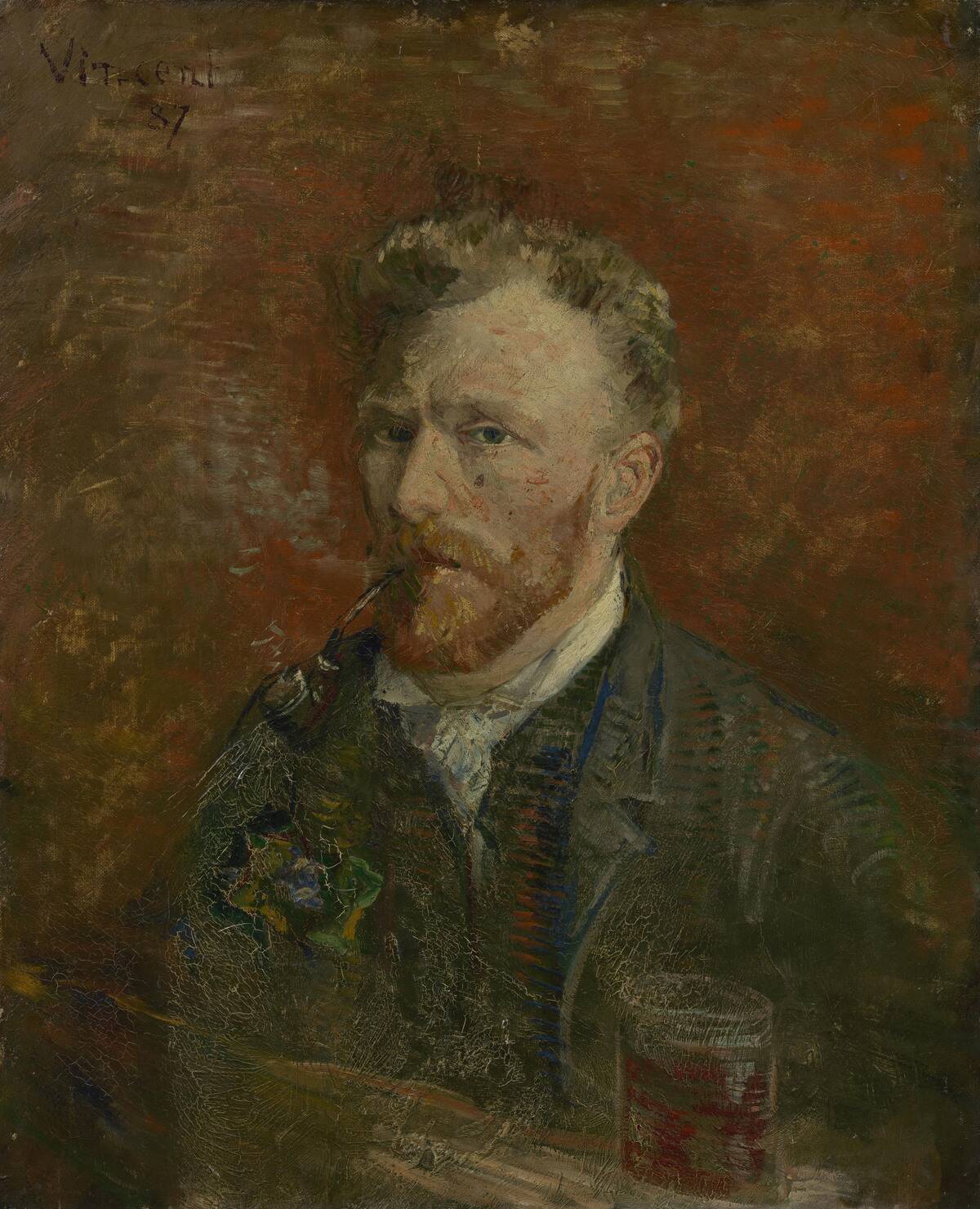
Vincent van Gogh is perhaps the most famous example of an artist achieving fame after death. During his lifetime, van Gogh sold only a handful of paintings and was largely dismissed by the art community.
It wasn’t until his sister-in-law, Johanna van Gogh-Bonger, tirelessly promoted his work that he gained the recognition he deserved. Today, van Gogh is celebrated as one of the greatest painters in history.
Emily Dickinson: The Poet Who Found Her Audience in Eternity
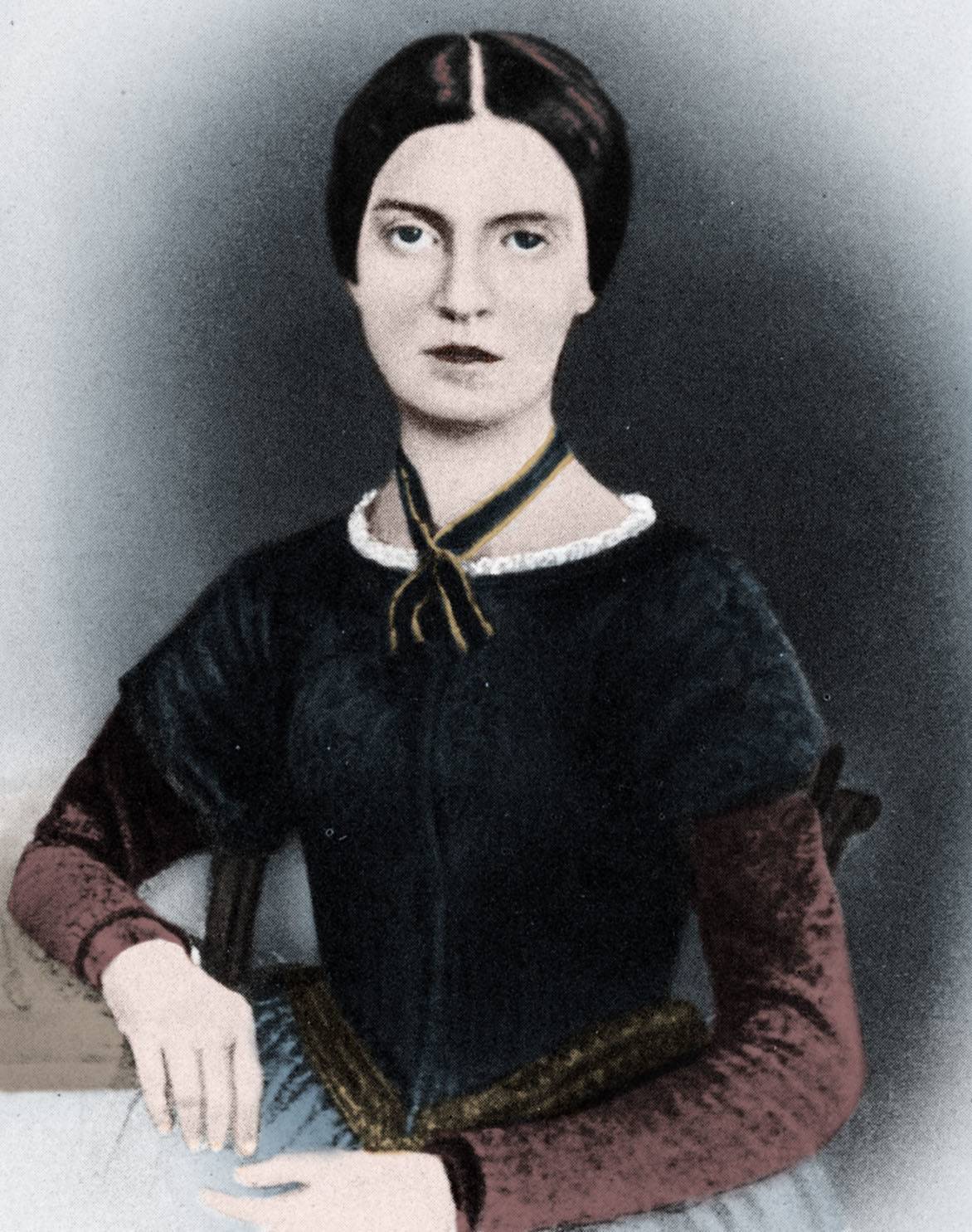
Emily Dickinson spent most of her life in seclusion, writing poems that were nearly all unpublished during her lifetime. After her death, her work was discovered and published by her family, revealing her unique voice to the world.
Dickinson’s innovative style and introspective themes have since earned her a place among the most significant American poets, proving that her reclusive life belied her enduring impact.
Johann Sebastian Bach: A Composer Rediscovered
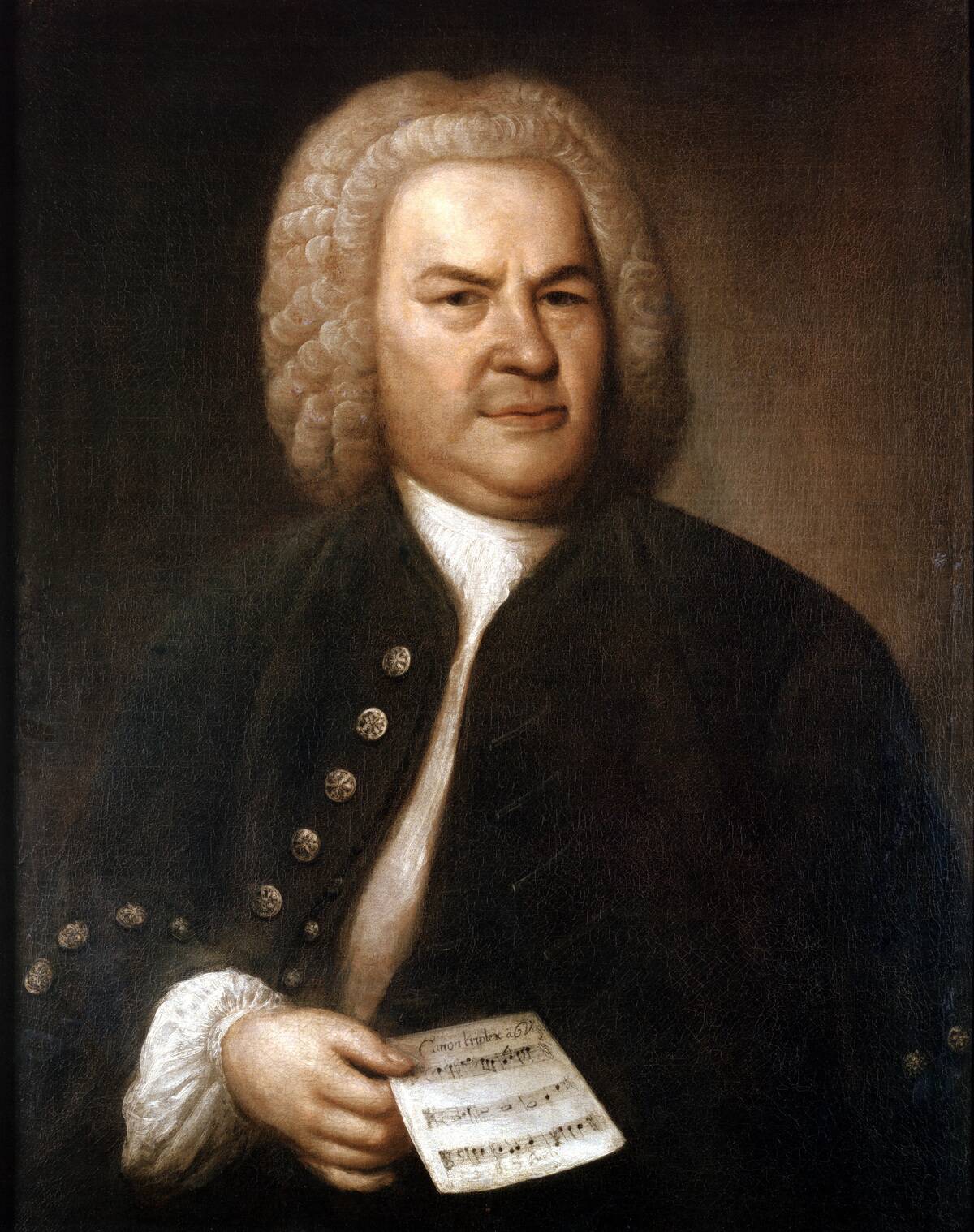
Johann Sebastian Bach’s compositions were largely forgotten after his death in 1750. It wasn’t until the 19th century, when composer Felix Mendelssohn performed Bach’s ‘St. Matthew Passion,’ that his music was revived.
Bach’s works are now considered masterpieces of classical music, celebrated for their complex structures and emotional depth. His rediscovery underscores the idea that true genius cannot remain hidden forever.
Franz Kafka: The Writer Who Almost Vanished
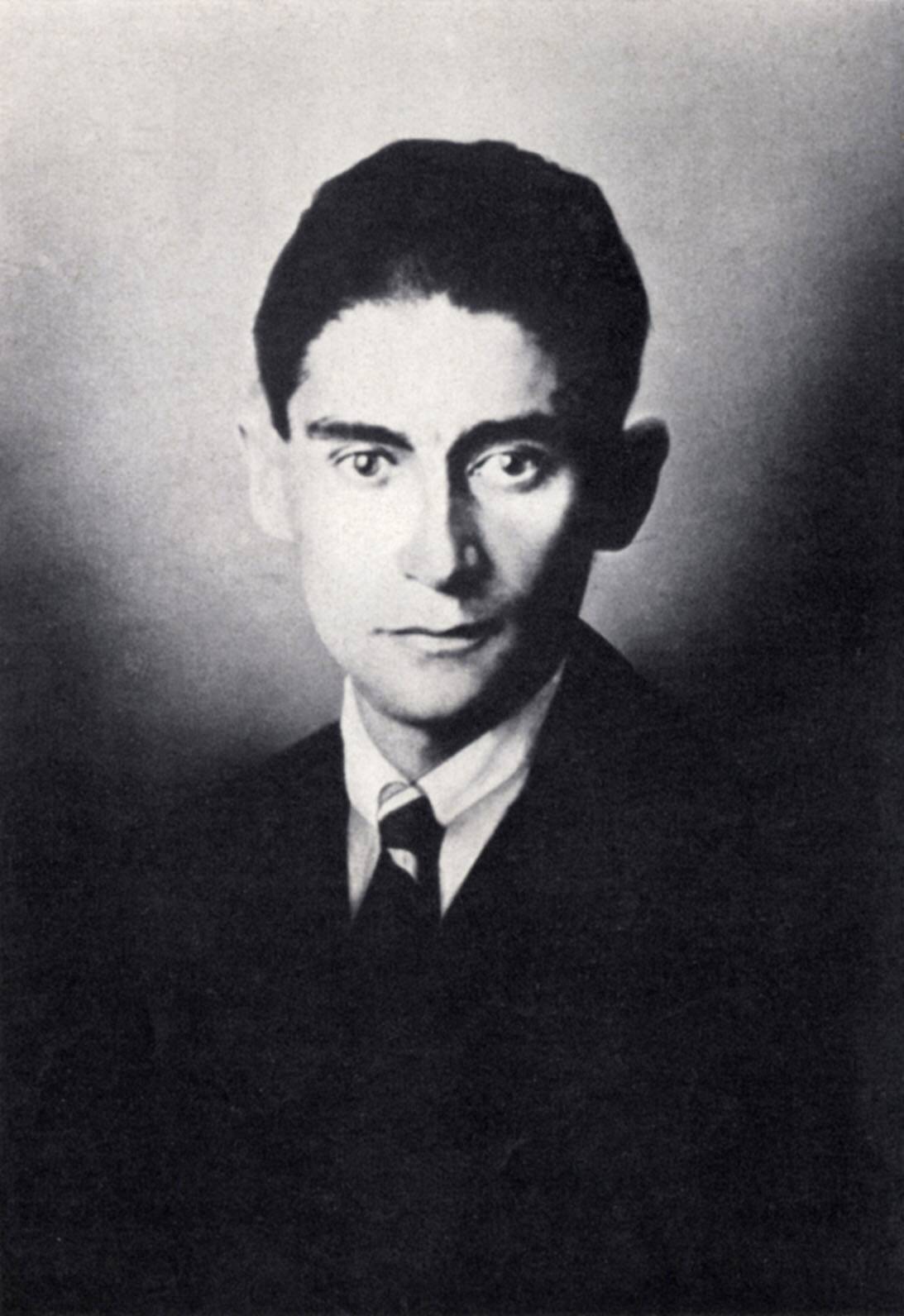
Franz Kafka instructed his friend Max Brod to destroy his manuscripts after his death, a request Brod thankfully ignored. Kafka’s unique literary style, characterized by surreal and existential themes, was not published until after his death.
Today, Kafka’s work is revered worldwide, and he is regarded as one of the most influential writers of the 20th century, a testament to the unpredictable paths of artistic legacy.
Henry Darger: The Reclusive Artist’s Posthumous Acclaim
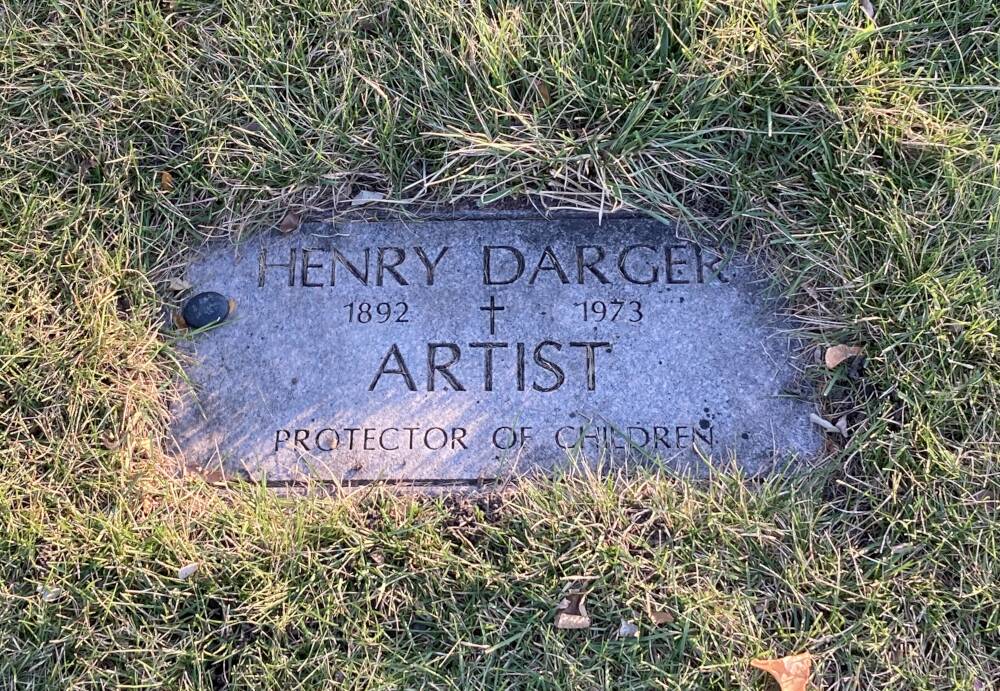
Henry Darger lived a solitary life, working as a janitor and creating art in secret. It wasn’t until after his death in 1973 that his massive body of work, including the epic The Story of the Vivian Girls, was discovered.
Darger’s intricate illustrations and narratives have since gained a dedicated following, positioning him as a leading figure in outsider art. His story highlights the hidden worlds of creativity that exist beyond the public eye.
El Greco: The Greek Painter Who Made His Mark Centuries Later
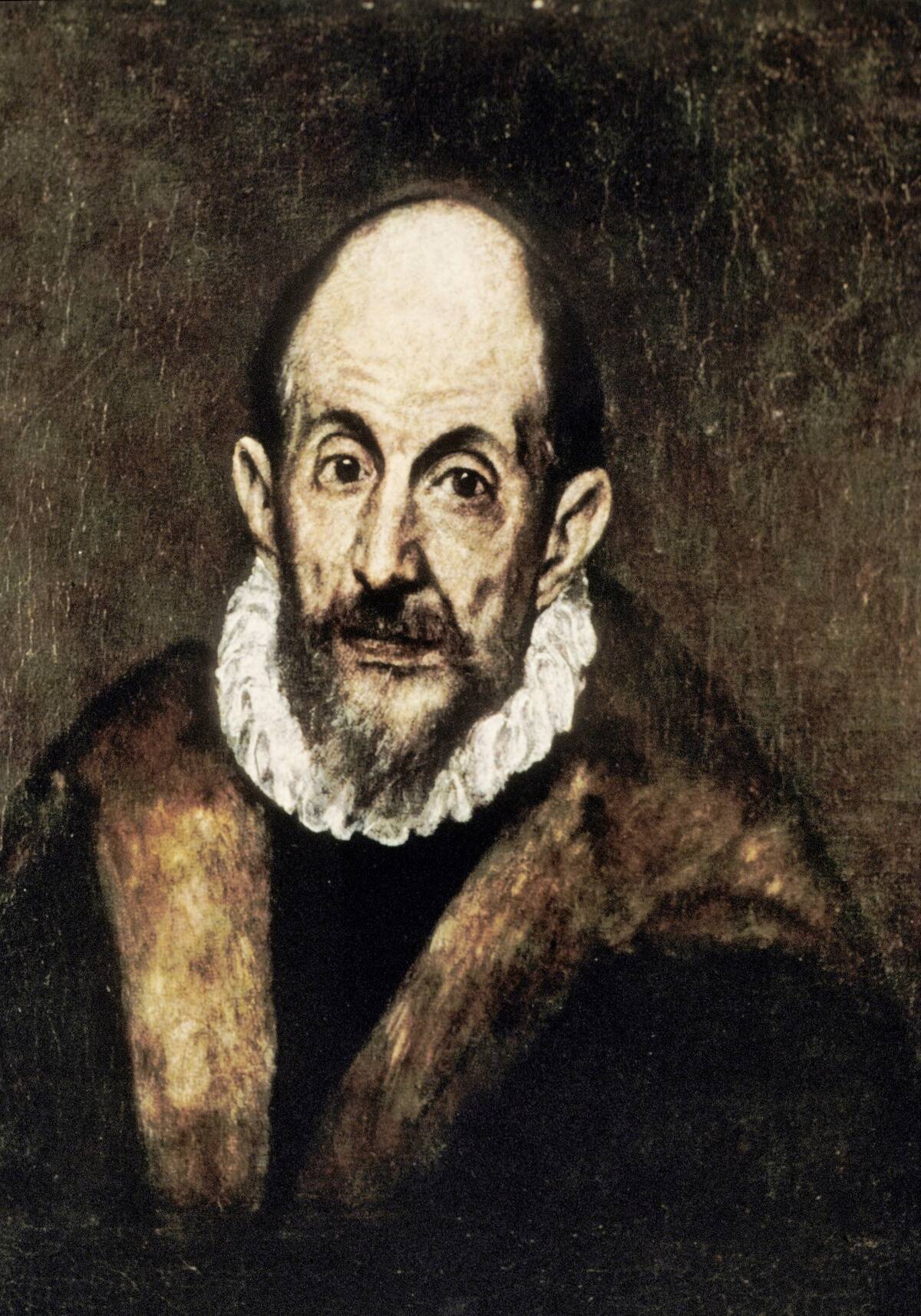
El Greco, born Doménikos Theotokópoulos, was not fully appreciated during his lifetime. His dramatic style, characterized by elongated figures and vibrant colors, was considered unconventional for his era.
It wasn’t until the 19th century that his work found a new audience, with modern artists like Picasso praising his visionary approach. Today, El Greco is celebrated as a precursor to modern art, illustrating the timeless nature of artistic innovation.
Paul Gauguin: The Painter of Exotic Dreams
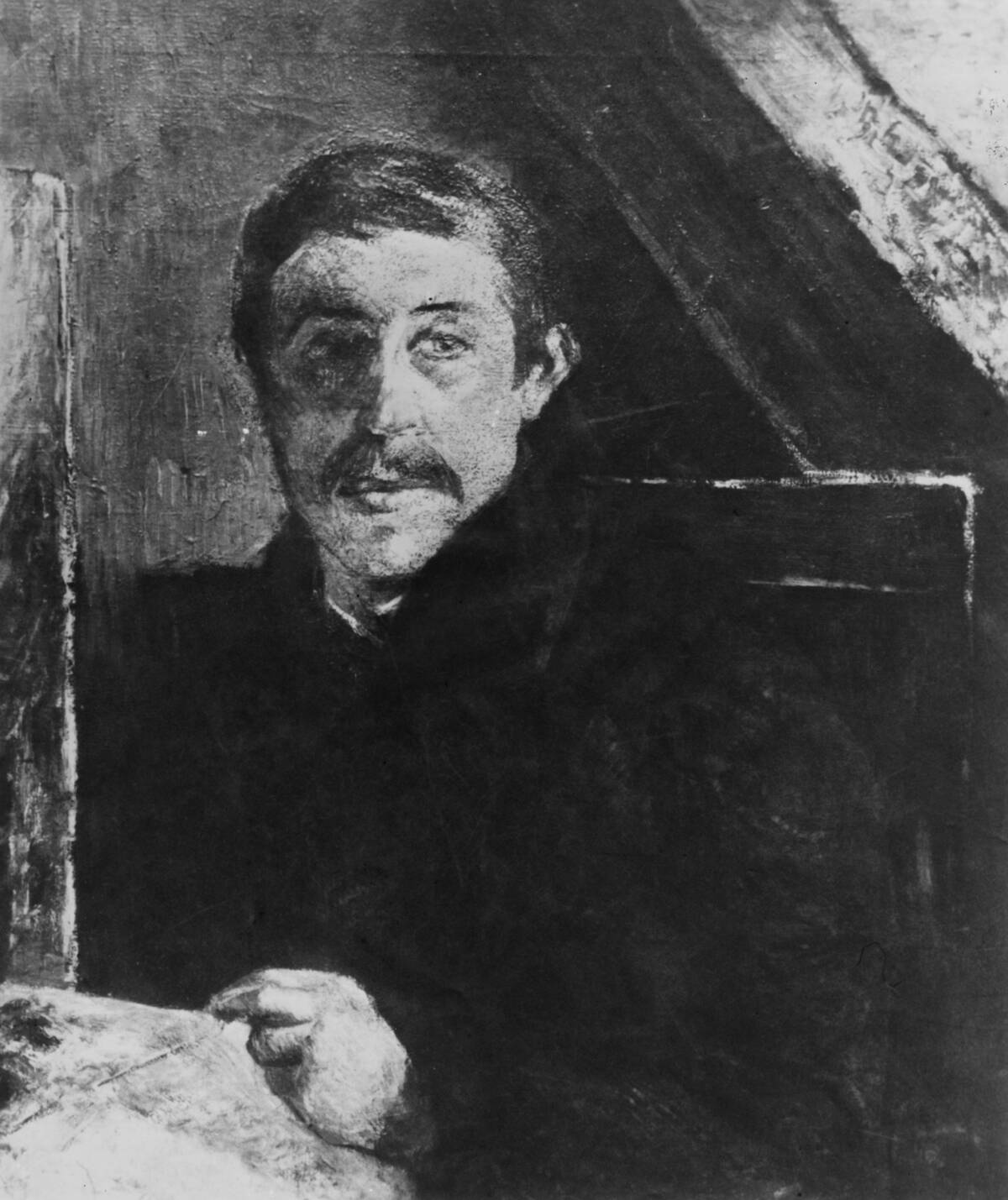
Paul Gauguin’s vibrant depictions of life in Tahiti were largely overlooked during his lifetime. Gauguin left behind a career and family in France, seeking inspiration in the South Pacific.
His bold use of color and symbolism was ahead of its time, only gaining appreciation after his death. Today, Gauguin’s work is celebrated for its pioneering spirit and is a staple in the study of post-impressionist art.
Edgar Allan Poe: The Master of Macabre’s Delayed Recognition
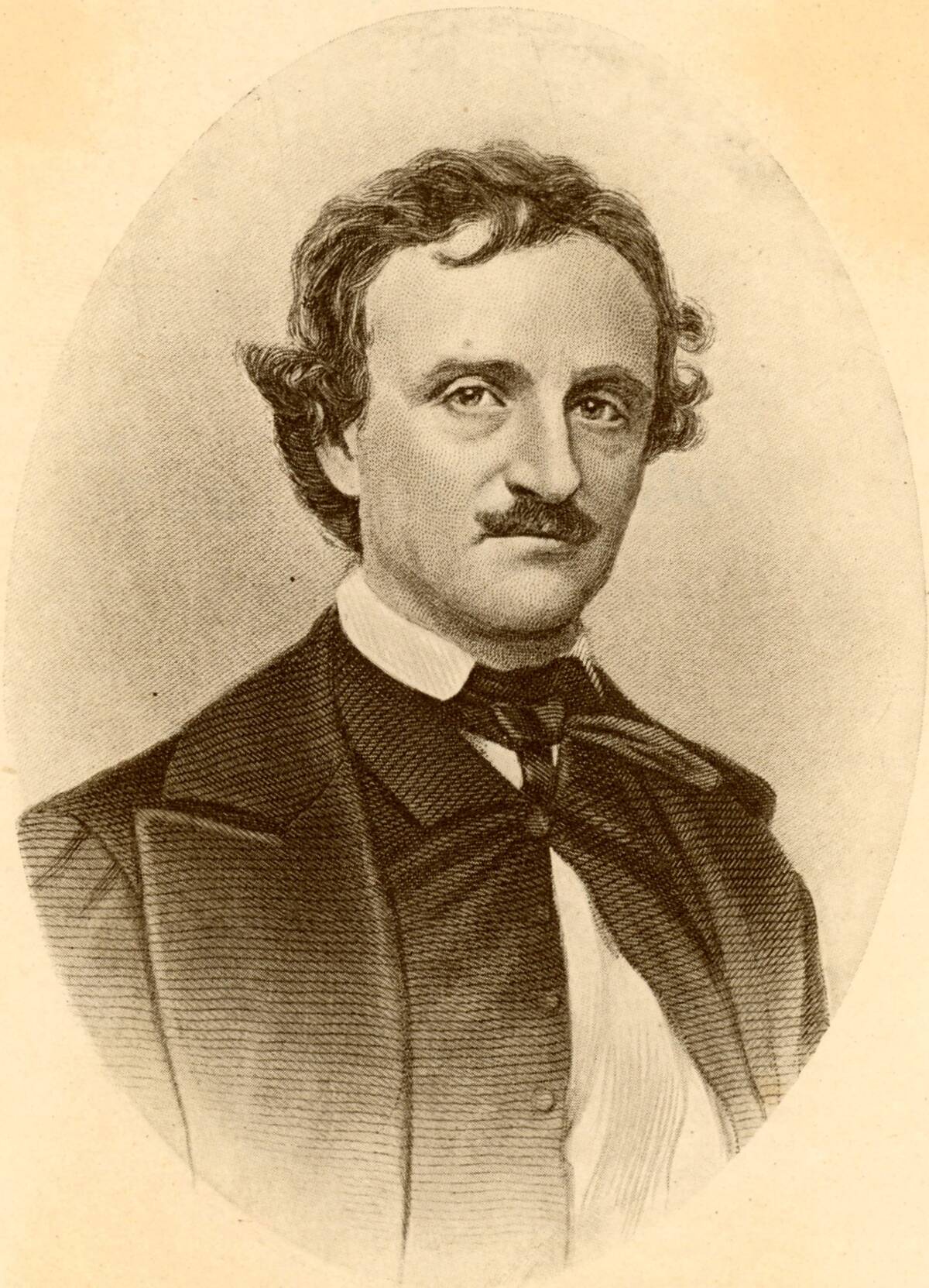
Edgar Allan Poe is known for his chilling tales and poems, yet he struggled with financial and critical success during his life. It was only after his death that his work gained the admiration it deserved.
Poe’s mastery of the macabre and psychological depth has since influenced countless writers and earned him a lasting place in literary history. His legacy exemplifies how an artist’s true impact may take time to unfold.
Johannes Vermeer: The Dutch Master Hidden in Time
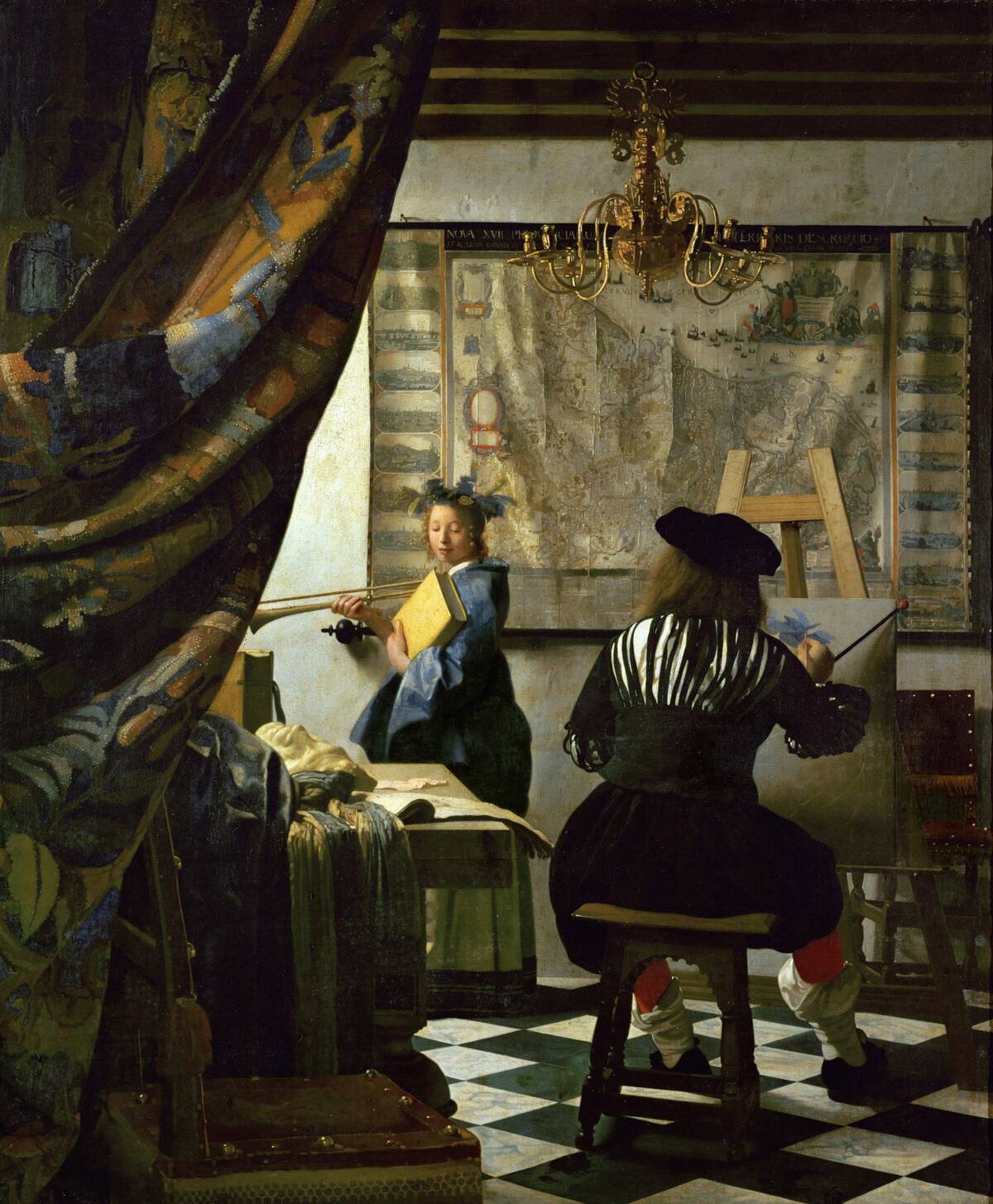
Johannes Vermeer, now celebrated for his exquisite attention to light and detail, was relatively unknown in his own time. Only a few of his paintings were documented, and his work was not widely appreciated until the 19th century.
Vermeer’s Girl with a Pearl Earring and other masterpieces have since captivated audiences worldwide, demonstrating how art’s appreciation can evolve across centuries.
Claude Monet: The Impressionist Who Impressed Too Late
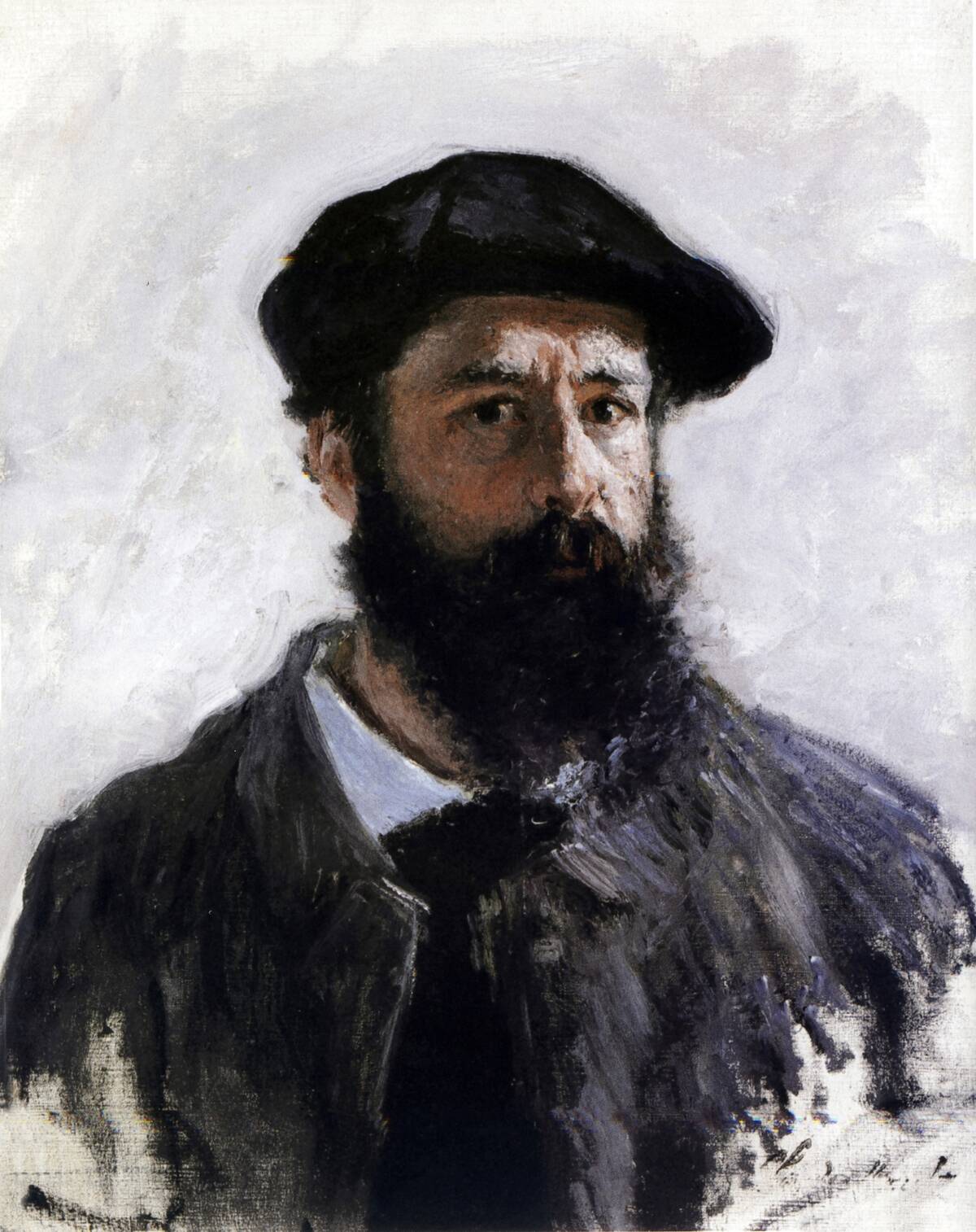
Claude Monet, a pioneer of Impressionism, faced harsh criticism and financial hardship in his early career. His radical departure from traditional techniques took time to be understood and valued.
Today, Monet’s work is celebrated for its innovative use of light and color, with paintings like Water Lilies drawing crowds in museums around the globe. Monet’s journey is a testament to perseverance in the face of initial rejection.
Modigliani: The Sculptor and Painter Who Found Fame in Death
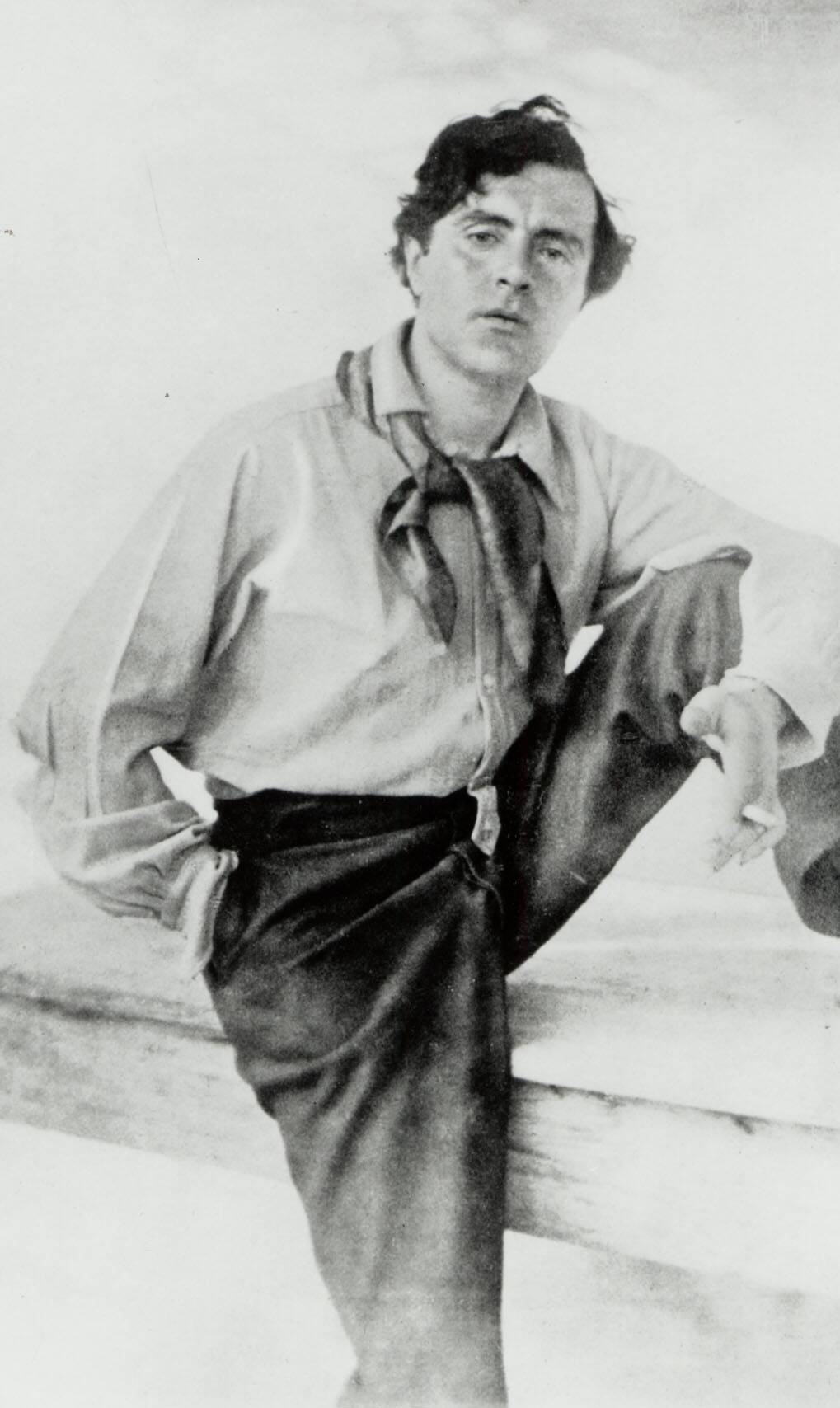
Amedeo Modigliani’s distinctive portraits and sculptures were not fully appreciated during his lifetime. Known for his elongated figures and expressive faces, Modigliani struggled with poverty and health issues.
It was only after his untimely death at 35 that his work began to gain recognition. Today, Modigliani’s art is highly sought after, a poignant reminder of the fleeting nature of life and the enduring power of creativity.



